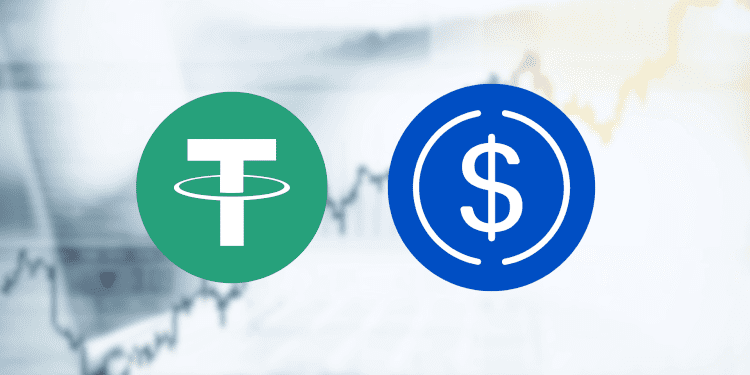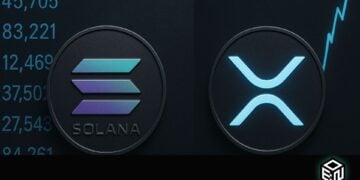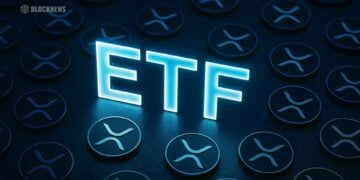• Stablecoin supply hits highest level in nearly two years amid growth of USDe
• Total supply of USD-pegged stablecoins trending towards previous all-time high as new tokens create more competitive space
• Besides Tether’s USDT and Circle’s USDC, options expanding with Ethena’s USDe, PayPal’s stablecoin, and Ripple planning to launch one
The total supply of stablecoins pegged to the US dollar has been steadily increasing over the past year. This growth has been driven by the rising popularity of established stablecoins like USDC as well as the introduction of new stablecoins into the market.
Growth of Established Stablecoins
Tether has long been the dominant stablecoin by market capitalization. However, Circle‘s USDC has been gaining ground quickly. USDC now makes up about 20% of the total stablecoin market cap. The increased adoption of USDC by exchanges and DeFi protocols is largely responsible for its rapid growth.
Emergence of New Stablecoins
The stablecoin market is also expanding thanks to new entrants. In August 2022, PayPal launched its own stablecoin in collaboration with Paxos. More recently, Ripple announced plans to launch a USD-backed stablecoin later this year.
Ripple has boldly predicted that total stablecoin supply will reach $28 trillion by 2028. While it remains to be seen whether this prediction will come to fruition, it does signal optimism about the potential for massive stablecoin growth.
Market Share and Supply Records
Despite the growth of USDC and new stablecoins, Tether remains the stablecoin leader with around 70% market share.
Last week, total stablecoin supply hit $165 billion – the highest level since June 2022. While still below the all-time record above $180 billion, the stablecoin market does appear to be trending back toward its previous peak.
Conclusion
The stablecoin sector continues to expand at a rapid clip. Established stablecoins are seeing increased usage, and new entrants are further diversifying the market. All signs point to stablecoins playing an increasingly important role in digital asset markets in the years ahead.














